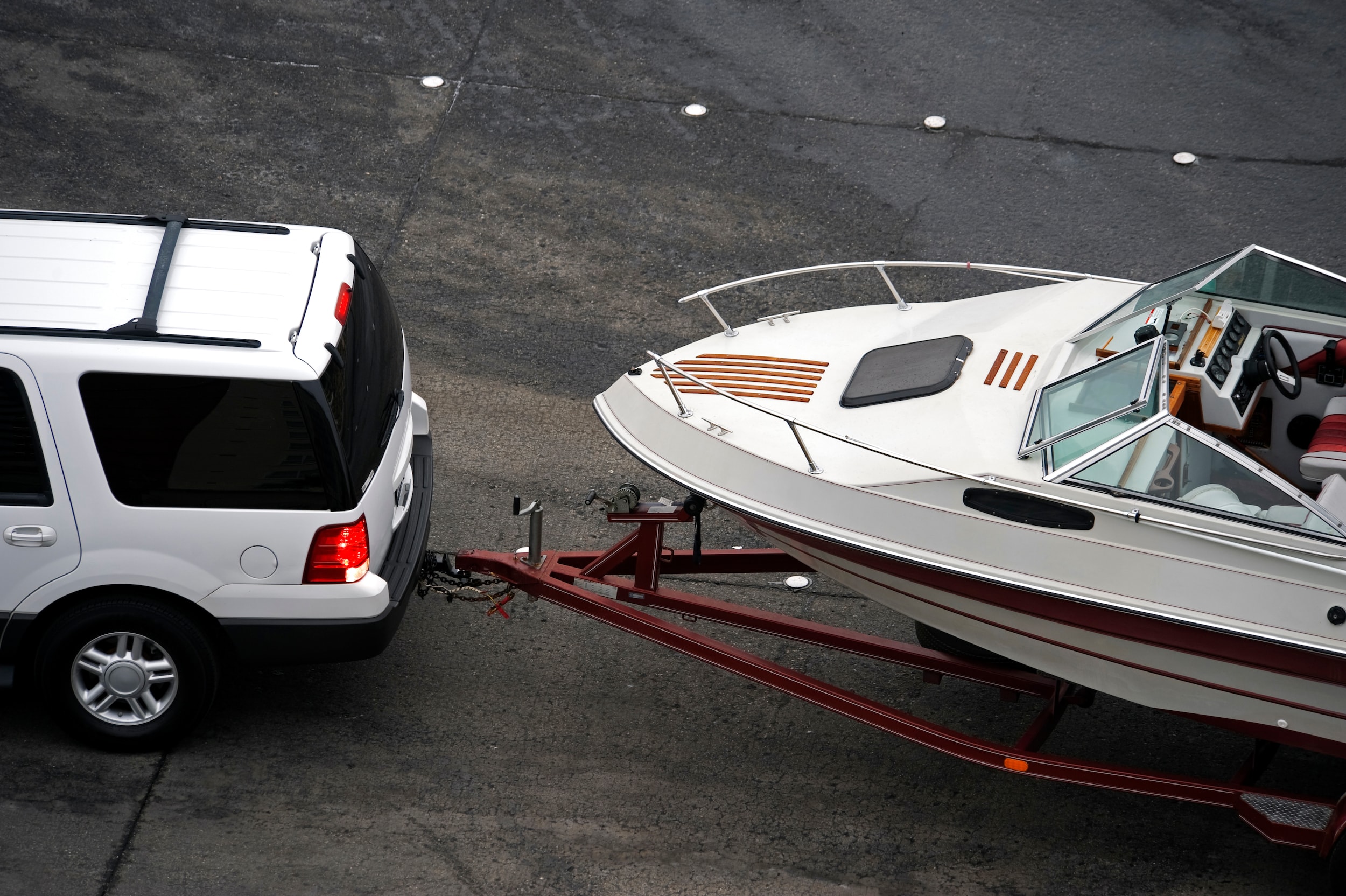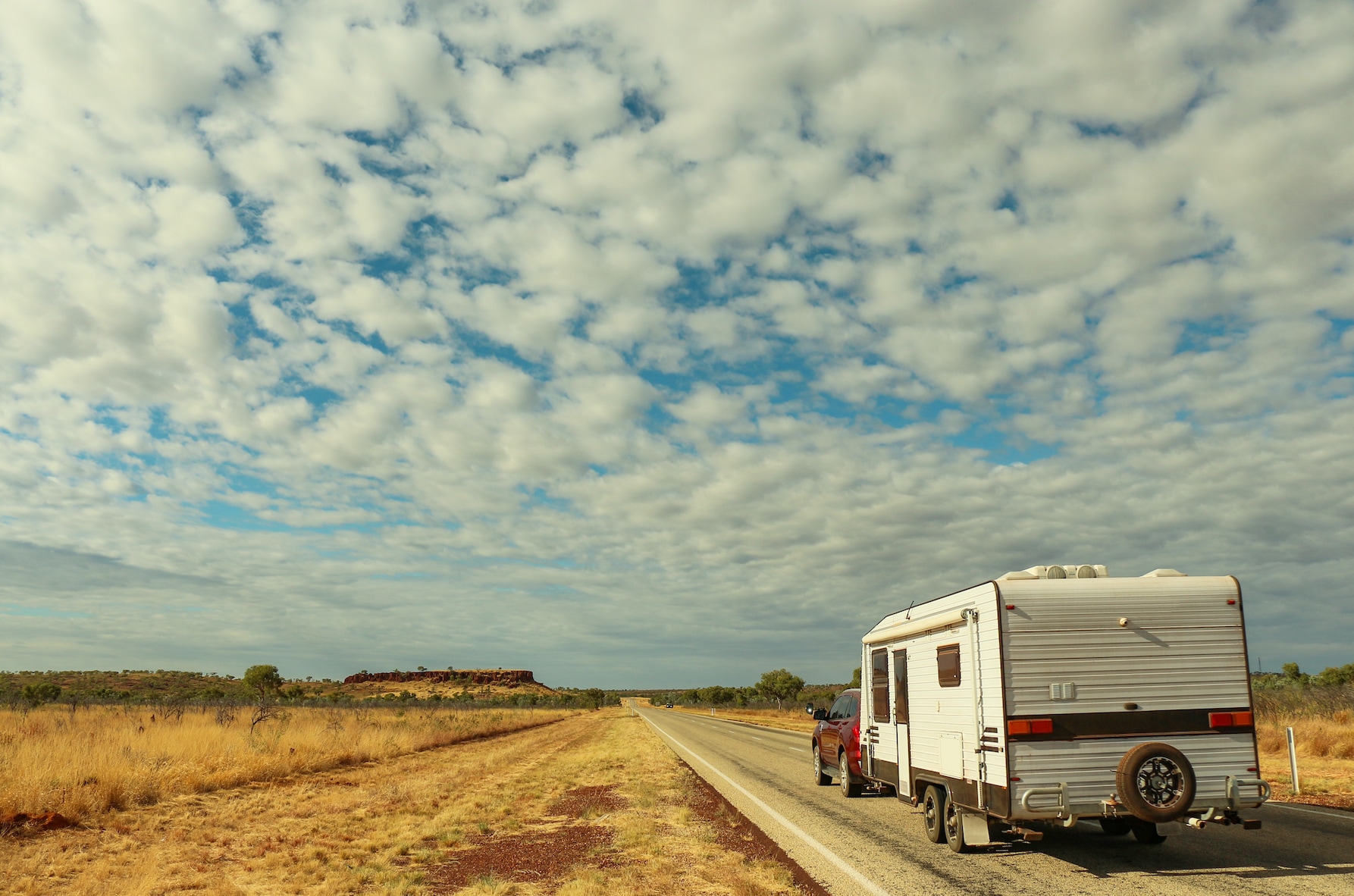Toad Away
Here in America, we are obsessed with having toys. Lots of toys. We're talking about boats and other personal watercraft and snowmobiles and motorcycles and ATVs and… the list goes on. In fact, we have so many toys that we need toy haulers to move them all around, just to have a good time. Of course, that means we need a pickup truck to pull the trailers, campers (caravans in the UK), and toy haulers.
How do you find the right vehicle to tow your personal fun carnival from place to place? We have the answers and will also tell you how to hook up a trailer and safely tow it down the road to adventure. We'll start by figuring out how much weight you'll be able to pull.




